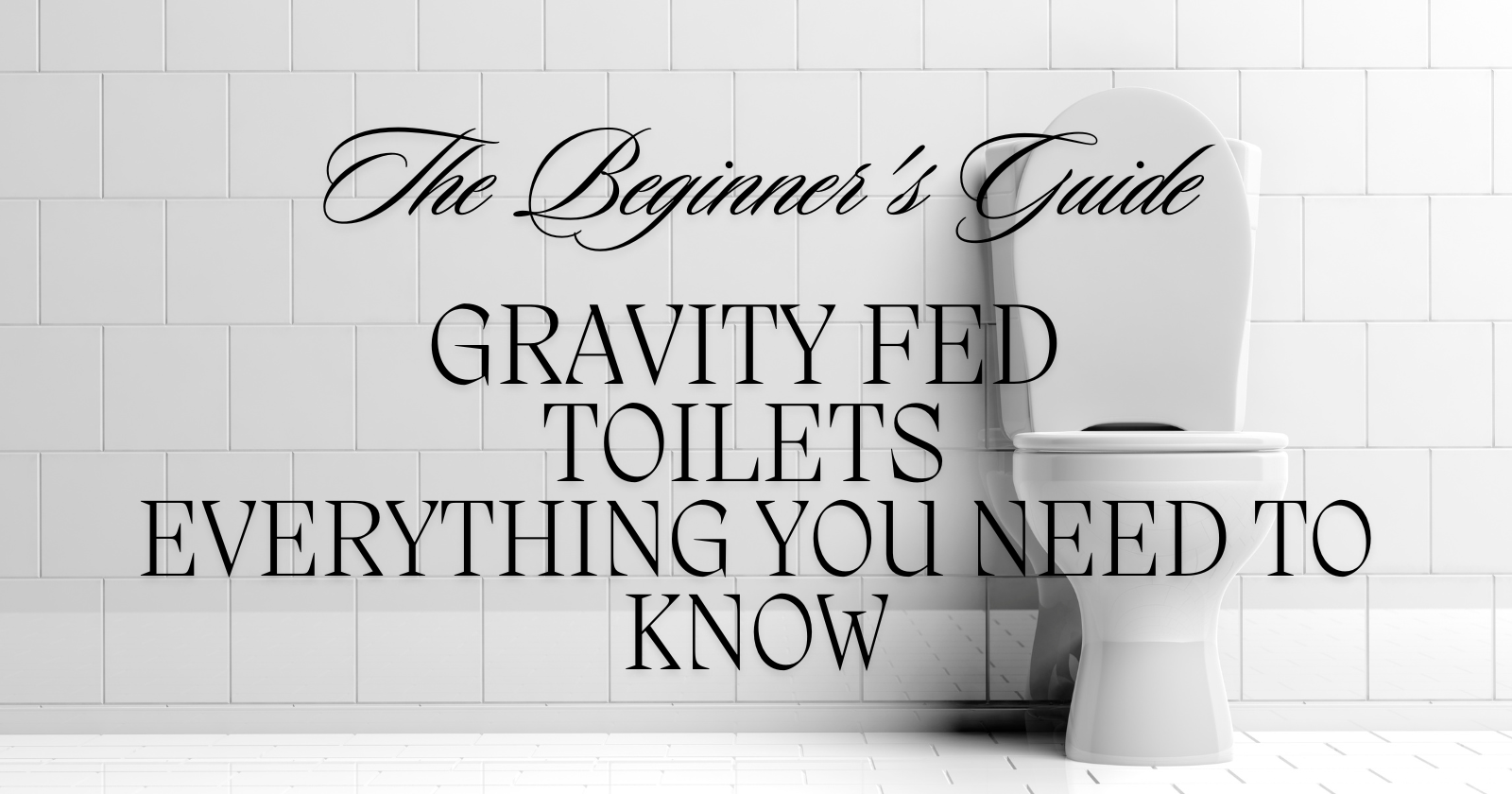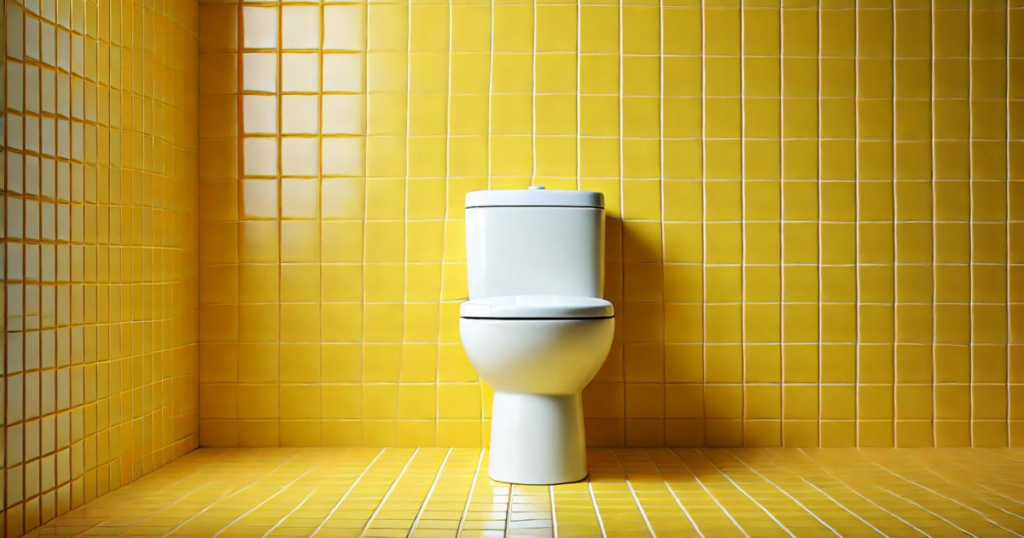Gravity-Feed Toilets
Gravity-feed models have stood the test of time when choosing a reliable and efficient toilet.
These toilets are among the most common in homes today, known for their simplicity and effectiveness.
Using the natural force of gravity, these toilets provide a powerful flush with minimal mechanical parts, making them durable and easy to maintain.
In this guide, we’ll explore what makes gravity-feed toilets popular, their benefits, how they work, and why they might be the perfect fit for your bathroom.
Whether you’re renovating or simply curious, understanding gravity-feed toilets is essential for making an informed decision.
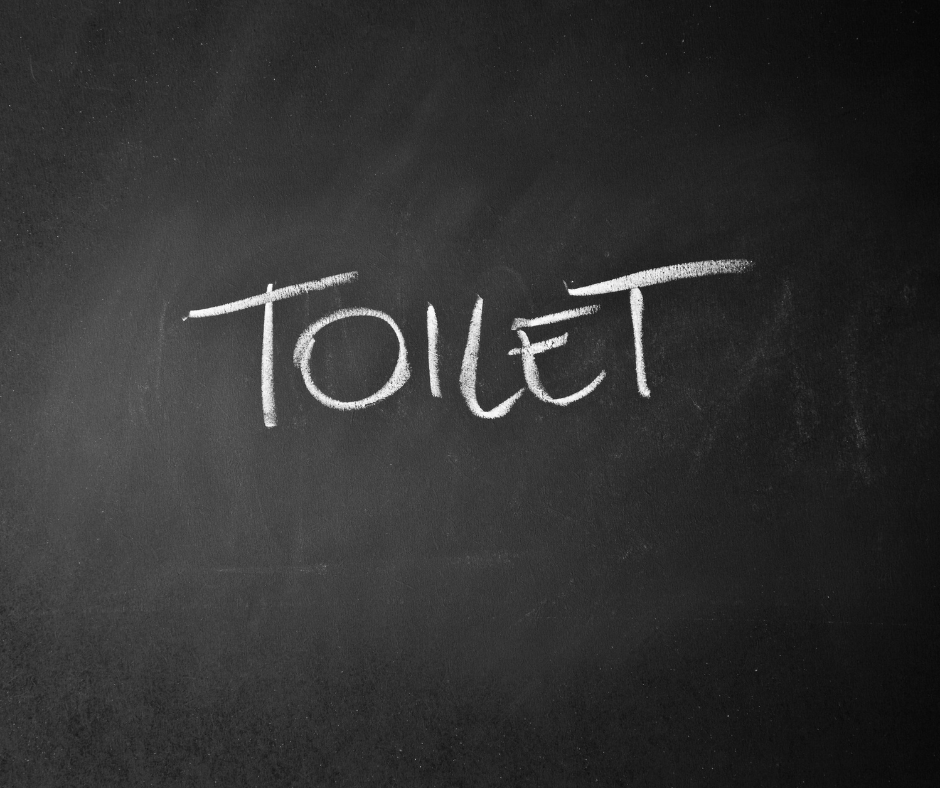
Understanding Gravity-Feed Toilets
Gravity-feed toilets are a common and reliable option for home bathrooms. They use a simple but effective flushing system that relies on gravity to remove waste.
Basic Principles of Gravity-Flush Technology
Gravity-feed toilets work by using the weight of water to create flushing power. When you flush, the handle lifts a flapper valve in the tank. This releases water into the bowl. The rushing water creates a siphon effect that pulls waste and water out of the bowl and into the drain pipe.
The tank then refills with water for the next flush. This simple design has few moving parts, making gravity toilets less likely to break down. They’re also usually quieter than other types of toilets.
One downside is that gravity toilets may need to be flushed twice for large waste loads. However, their simplicity and reliability make them popular for many homeowners.
Comparing Gravity-Flush with Pressure-Assist and Dual-Flush
Gravity-flush toilets differ from pressure-assist and dual-flush models in a few key ways:
- Flushing power: Pressure-assist toilets use compressed air to create a more forceful flush. This can be helpful for large waste loads but is often noisier.
- Water usage: Dual-flush toilets offer two flush options – one for liquid waste and one for solid waste. This can save water compared to standard gravity-flush models.
- Maintenance: Gravity-flush toilets are usually easier and cheaper to repair due to their simpler design.
- Cost: Gravity-flush toilets are typically less expensive upfront than pressure-assist or dual-flush models.
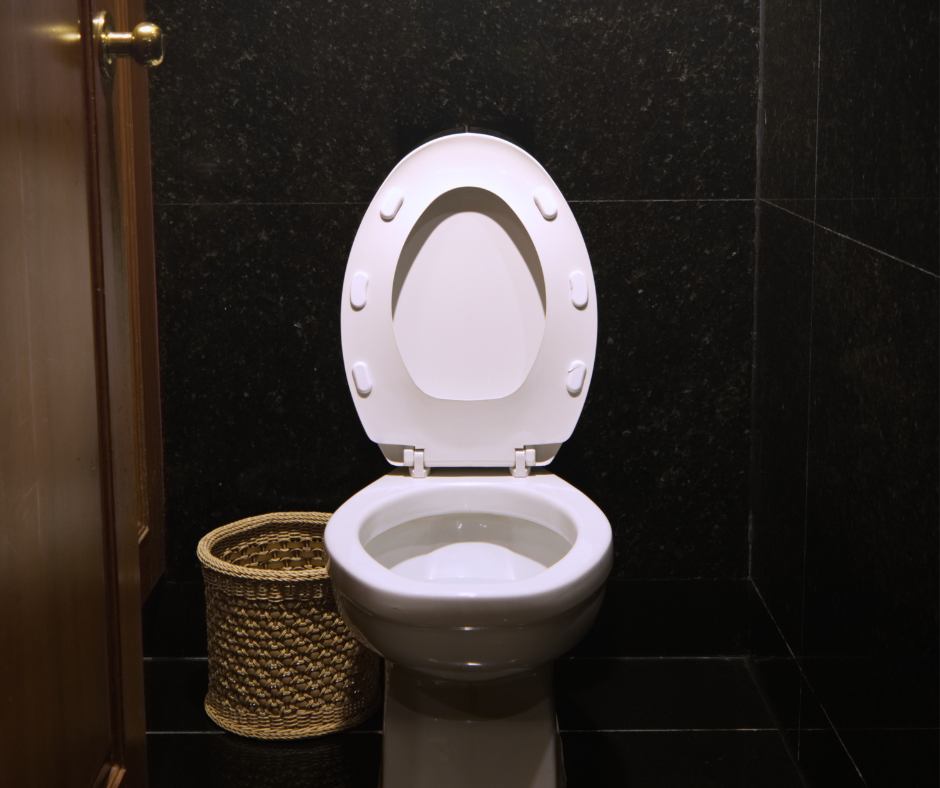
Design and Installation
Gravity-feed toilets are designed to suit different bathroom layouts and user preferences. The key aspects to consider are the toilet shape, bowl type, and installation requirements.
Standard and Corner Models
Standard gravity-feed toilets are the most common design. They fit against a straight wall and work well in most bathrooms.
Corner models are great for small spaces. These toilets tuck neatly into a corner, saving room.
I’ve seen standard models in many homes. They’re easy to install and maintain. Corner models are less common but can be a smart choice for tight spaces.
Both types flush waste using gravity. The tank sits above the bowl, allowing water to flow forcefully when flushed.
Elongated Versus Round Bowls
Toilet bowls come in two main shapes: elongated and round. Elongated bowls are oval-shaped and about 2 inches longer than round ones. They offer more comfort and are easier to clean.
Round bowls take up less space. This makes them ideal for small bathrooms. They’re also typically cheaper than elongated models.
I prefer elongated bowls for comfort, but round bowls work well in compact spaces. The choice often depends on bathroom size and personal preference.
Installation Requirements and ‘Rough In’
The ‘rough-in’ is crucial for toilet installation. It’s the distance from the wall to the center of the toilet’s floor drain. The standard rough-in is 12 inches, but 10 and 14-inch options exist.
To install a gravity-feed toilet, you need:
- Correct rough in measurement
- Level floor
- Functional drain pipe
- Water supply line
I always check the rough-in before buying a new toilet. It’s essential to get this right to avoid installation problems.
Gravity-fed toilets are simpler to install than pressure-assisted models. They don’t need extra plumbing for pressurized tanks. This makes them a good choice for DIY installations.
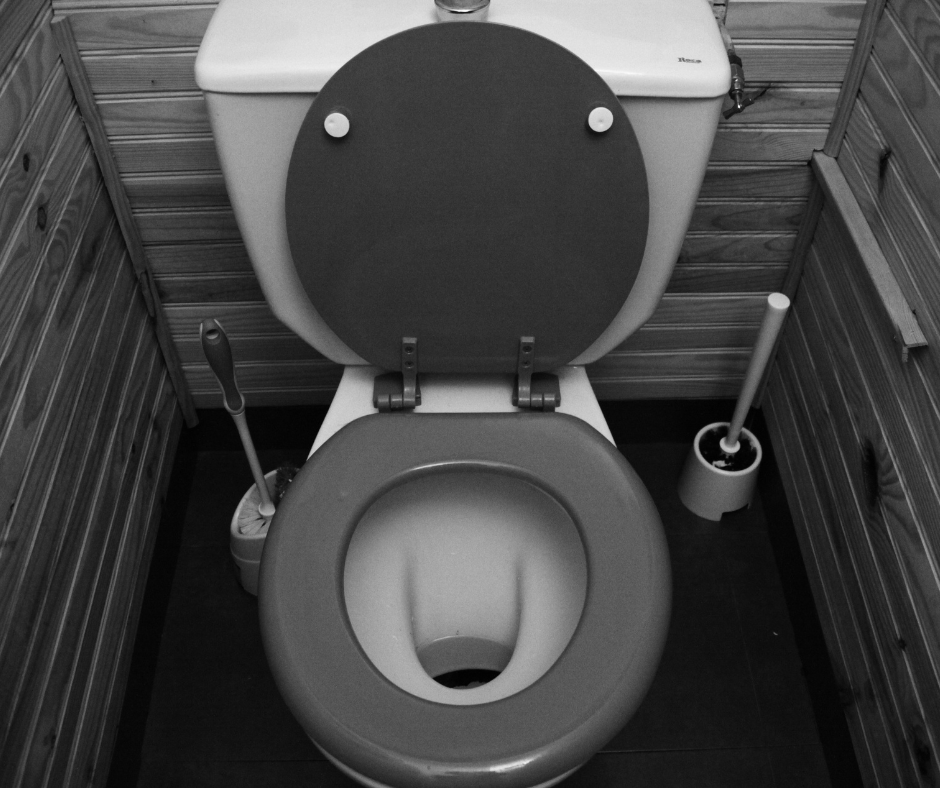
Toilet Types and Brands
When choosing a gravity-feed toilet, there are different designs and manufacturers to consider. I’ll explore the main types of toilets and highlight some top brands in the industry.
One-Piece and Two-Piece Toilets
One-piece toilets have the tank and bowl fused into a single unit. They’re easier to clean and have a sleek look. Two-piece toilets have separate tanks and bowls. They’re often cheaper and easier to install.
One-piece pros:
- Seamless design
- Less likely to leak
- Space-saving
Two-piece pros:
- More affordable
- Easier to replace parts
- A wider variety of styles
I find that both types can work well in different situations. It often comes down to personal preference and budget.
Notable Brands and Their Signature Features
TOTO is known for powerful flushing and water efficiency. Their Drake model is popular for its performance.
Kohler offers stylish designs and innovative features. Their Highline toilet has a comfortable chair-height seat.
American Standard focuses on durability and easy maintenance. They have a wide range of affordable options.
Deer Valley Toilets, provides budget-friendly toilets with basic features. They’re a good choice for simple replacements.
I’ve noticed these brands all offer gravity-feed models with various flush ratings and designs. It’s worth comparing specific features to find the best fit for your needs.

Operational Efficiency
Gravity-feed toilets offer some key advantages when it comes to how well they work. I’ll look at how they use water and save money over time.
Water Usage and Conservation
Gravity-feed toilets are pretty good at conserving water. Most use about 1.6 gallons per flush. Some newer models only need 1.28 gallons or less.
This helps cut down on water consumption a lot. Older toilets used 3.5 to 7 gallons each time. The savings really add up over months and years of use.
I’ve found that dual-flush options can save even more water. They let you choose a light or heavy flush. This gives you control to use only what you need each time.
Cost-Effectiveness and Long-Term Savings
The simple design of gravity-feed toilets makes them cost-effective. They have fewer parts that can break down. This means you don’t have to spend as much on repairs over time.
Lower water use also leads to big savings on water bills. A family can save thousands of gallons per year, which cuts costs in the long run.
While options like the Glacier Bay power flush may cost more upfront, standard gravity models are often cheaper. Their efficiency and low maintenance needs make them a smart long-term investment for most homes.

Accessories and Additional Features
Gravity-feed toilets can be upgraded with various accessories and features. These additions enhance comfort, convenience, and style for users.
Seat Options and Accessories
Toilet seats come in different materials and styles. I recommend considering a soft-close seat to prevent slamming. These seats close gently and quietly.
White seats are popular for their clean look. Some are made of durable plastic, while others use wood for a warmer feel.
Lids can have special coatings to resist stains and make cleaning easier. Some even have built-in air fresheners.
For families, I suggest looking at seats with child-friendly features like built-in smaller seats that flip down.
Innovative Enhancements and Comforts
Modern toilets offer exciting new features. Bidet attachments are gaining popularity. They provide a water spray for cleaning, improving hygiene and reducing toilet paper use.
Some high-end models come with heated seats for cold mornings. Others have night lights to guide users in the dark.
I’ve seen toilets with remote controls that adjust water temperature and spray strength. These often include options for different users.
Self-cleaning features are another innovation. Some toilets use UV light or special coatings to keep the bowl cleaner between scrubs.

Maintenance and Replacement Parts
Gravity-feed toilets need regular upkeep to work well. I’ll explain how to fix common issues and find the right parts.
Common Repairs and Troubleshooting
When my toilet runs constantly, I check the flapper valve first. This rubber part can wear out and let water leak. I lift the tank lid and look for a worn or misaligned flapper. If it’s damaged, I replace it.
A weak flush often means the chain is too loose. I adjust it so there’s a bit of slack when the flush lever is at rest. If the flush lever is loose or broken, I tighten or replace it.
For a toilet that won’t stop filling, I inspect the fill valve. Sometimes debris gets stuck, so I flush it out. If that doesn’t work, I may need to replace the whole fill valve assembly.
Finding and Replacing Parts
I start by identifying my toilet model. The brand and model number are usually inside the tank lid or the bowl behind the seat.
For basic parts like flappers and fill valves, I can often find universal replacements at hardware stores. More specific parts may require ordering from the manufacturer.
When replacing parts, I always turn off the water supply first. I use the shut-off valve near the toilet base. Then, I flush and remove excess water from the tank.
I keep a few tools handy:
- Adjustable wrench
- Pliers
- Screwdriver
- Sponge
With these, I can handle most simple repairs myself. For more complex issues, I call a plumber to avoid causing damage.

Wrapping Up
Gravity-feed toilets offer a reliable, efficient, and low-maintenance solution for any bathroom. Their simple design and powerful flushing capability make them a trusted choice for homeowners and builders alike.
Whether looking for a cost-effective option or a toilet that stands the test of time, gravity-feed models balance performance and durability.
Considering your next bathroom upgrade or installation, a gravity-feed toilet could be the perfect blend of tradition and modern efficiency, ensuring you get the most value for your investment.

